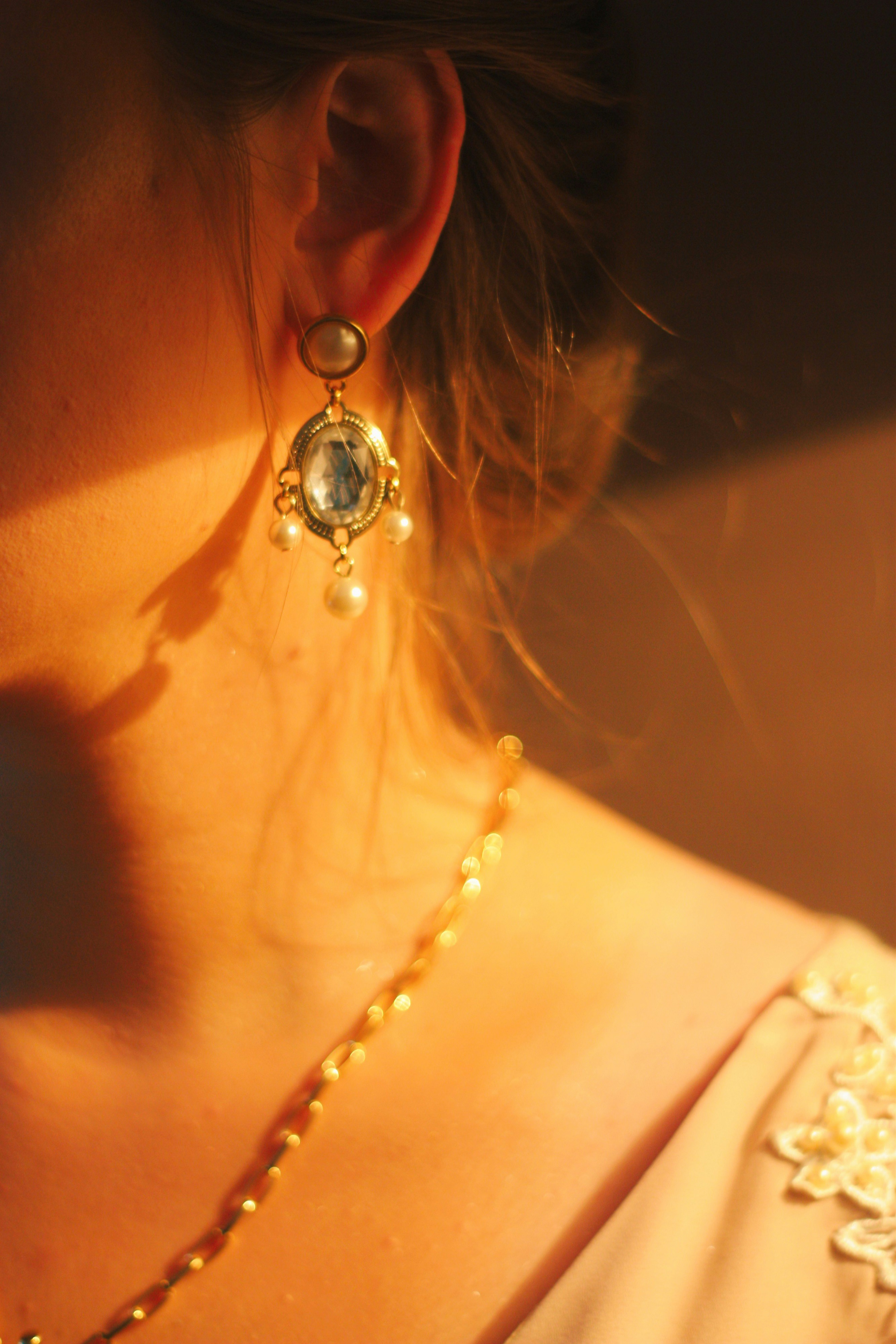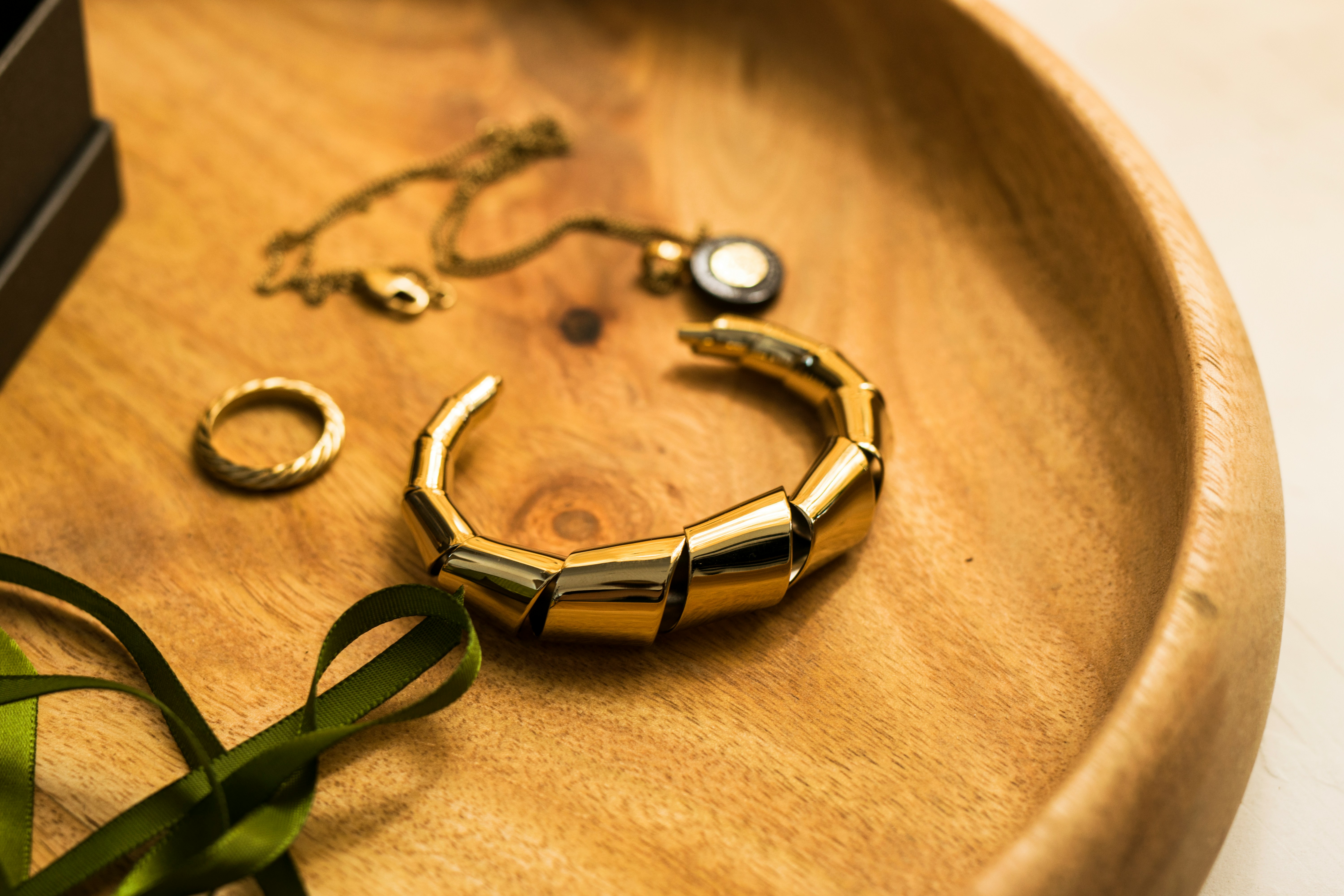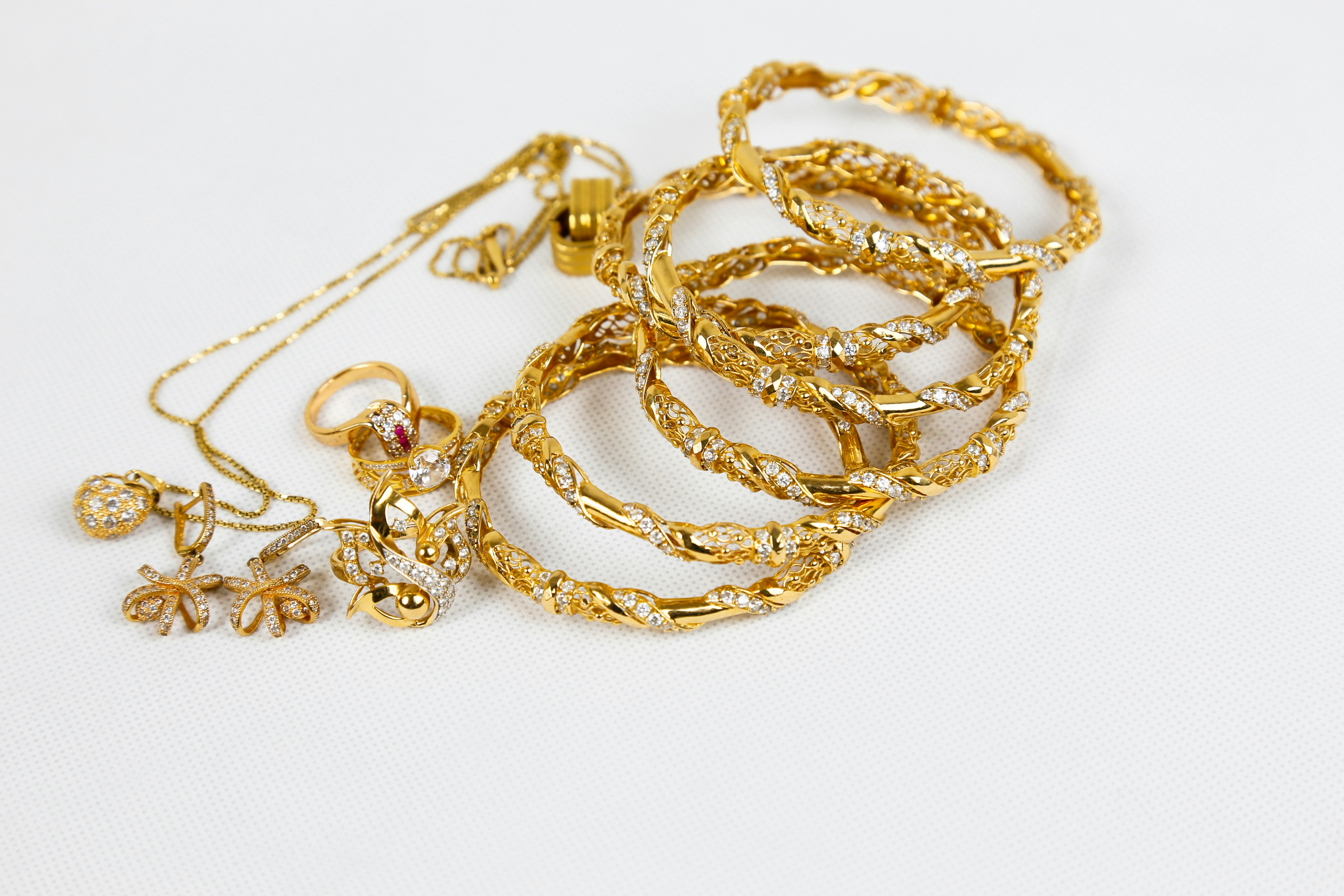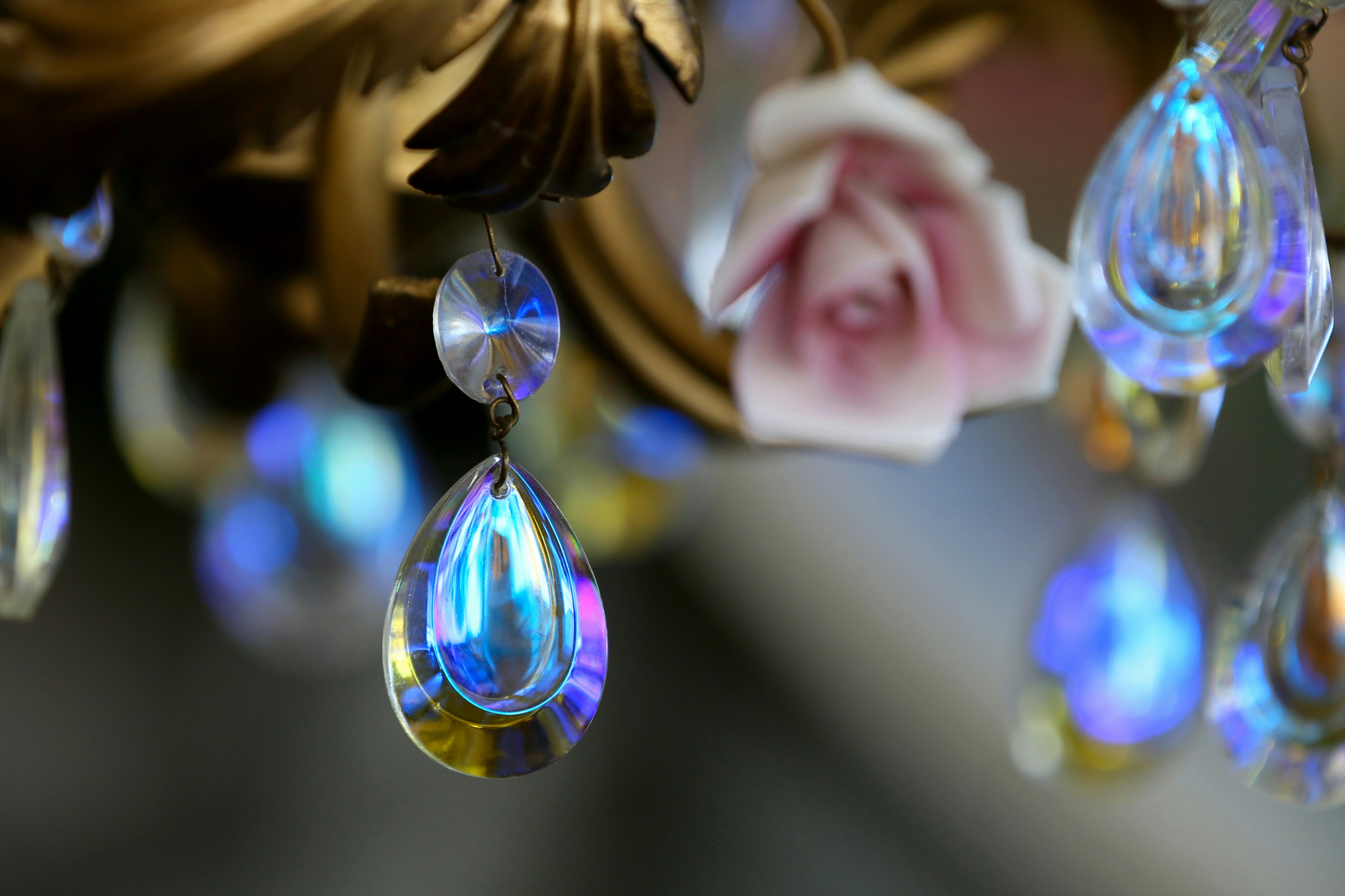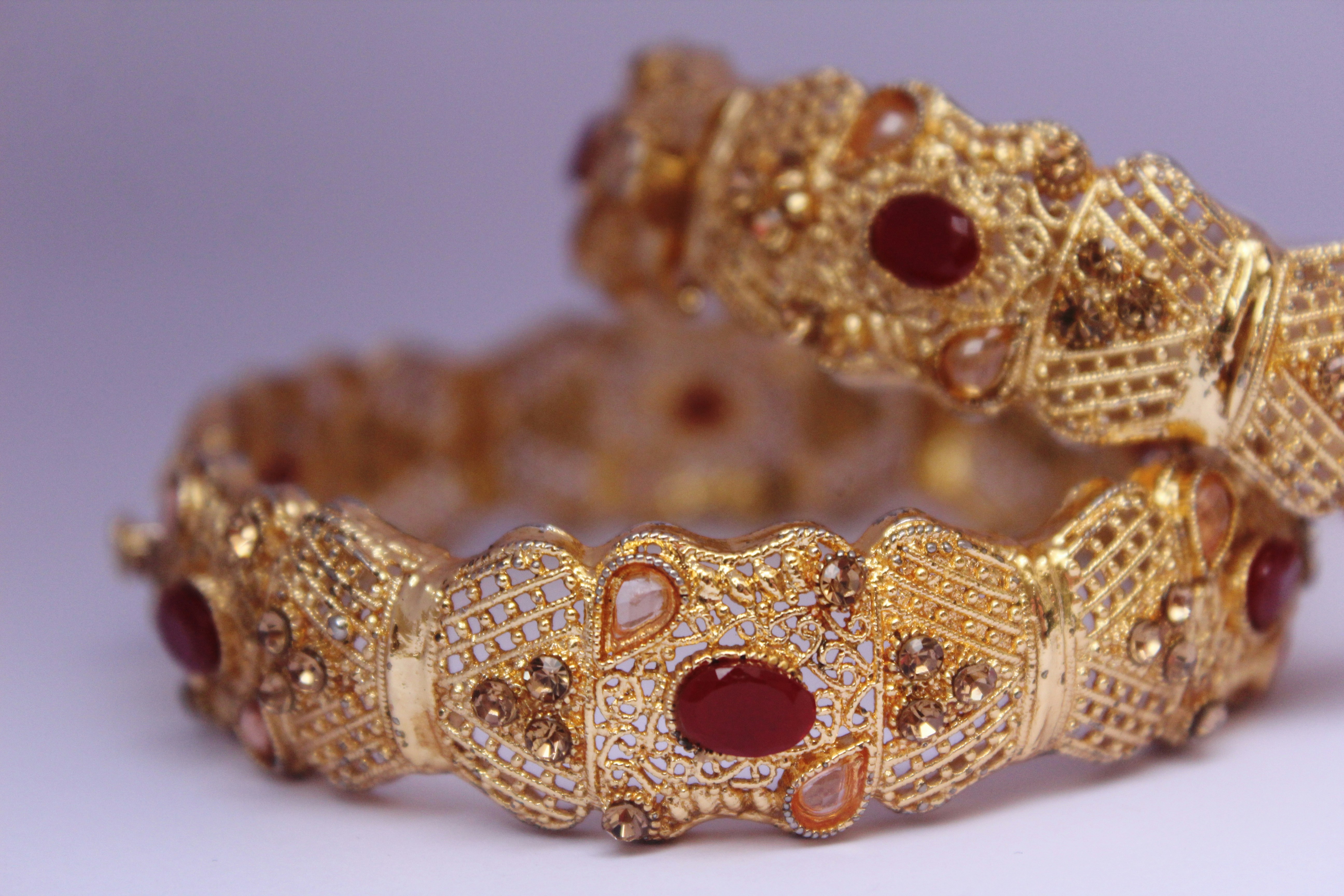How To Buy Blue Diamonds
Alexander Kellerson

Introduction to Blue Diamonds
Blue diamonds are among the most coveted gemstones due to their stunning color and rarity. This guide will help you understand everything you need to know about buying blue diamonds, from identifying authentic stones to finding the best deals. Whether you are a first-time buyer or a seasoned collector, this comprehensive guide will ensure you make an informed purchase.
What Are Blue Diamonds?
Blue diamonds are natural diamonds with a distinct blue hue, caused by the presence of boron. They range in color from light blue to deep blue and are renowned for their unique beauty and rarity. Unlike other colored diamonds, blue diamonds are exceptionally rare, making them highly desirable among collectors and investors.
The most famous blue diamond is the Hope Diamond, which exemplifies the deep, mesmerizing color that these gemstones can exhibit. Blue diamonds are graded on a color scale that measures their hue, tone, and saturation, with the most intense colors commanding the highest prices.
Understanding Blue Diamond Grading
Grading blue diamonds involves assessing their color, clarity, cut, and carat weight. The Gemological Institute of America (GIA) provides the most widely recognized grading standards, ensuring you know the quality of your blue diamond. The color grade is particularly important for blue diamonds, as it significantly impacts their value and appearance.
In addition to color, clarity is assessed to identify any internal or external flaws, known as inclusions and blemishes. The cut grade evaluates how well the diamond has been shaped and faceted, affecting its brilliance and sparkle. Lastly, the carat weight measures the diamond's size, with larger diamonds being rarer and more valuable.
Factors Affecting Blue Diamond Value
The value of a blue diamond is influenced by its color intensity, clarity, carat weight, and cut quality. The most valuable blue diamonds exhibit a rich, vivid blue color with minimal inclusions and an excellent cut. Carat weight also plays a significant role, as larger blue diamonds are rarer and thus more expensive.
Other factors that can affect the value include the diamond's origin and whether it has undergone any treatments to enhance its color. Natural, untreated blue diamonds are more valuable than those that have been artificially enhanced. Understanding these factors can help you make a more informed purchasing decision.
Where to Buy Blue Diamonds
Discover reputable places to purchase blue diamonds, including online retailers, auction houses, and specialized jewelers. Buying from trusted sources ensures you get the best quality and value. Online retailers often offer a wide selection and competitive prices, but it is crucial to verify their credibility and return policies.
Auction houses can be a good option for rare and high-quality blue diamonds, providing an opportunity to acquire unique pieces. Specialized jewelers with experience in colored diamonds can offer personalized service and expert advice, helping you find the perfect blue diamond to suit your needs and budget.
How to Identify Authentic Blue Diamonds
Knowing how to identify real blue diamonds is crucial to avoid falling victim to scams. Authentic blue diamonds will come with a certification from a reputable gemological laboratory, such as the GIA. This certificate verifies the diamond's authenticity, color grade, clarity, cut, and carat weight.
In addition to certification, examine the diamond closely for natural inclusions and color distribution. Genuine blue diamonds will have a consistent color throughout, with natural variations that are unique to each stone. Be wary of diamonds that appear too perfect or have an unusually low price, as they may be synthetic or treated.
Blue Diamond Certification and Documentation
Ensure your blue diamond comes with proper certification and documentation, verifying its authenticity and quality. The most reliable certificates are issued by renowned gemological laboratories like the GIA, AGS, and IGI. These certificates provide detailed information about the diamond's characteristics and are essential for insurance and resale purposes.
When purchasing a blue diamond, ask for a full report that includes the diamond's origin, treatment history, and any other relevant details. This documentation not only confirms the diamond's value but also provides peace of mind that you are making a sound investment.
Caring for Your Blue Diamond
Proper care and maintenance can preserve the beauty and value of your blue diamond. Clean your diamond regularly using a mild soap and warm water, gently scrubbing with a soft brush to remove dirt and oils. Avoid using harsh chemicals or ultrasonic cleaners, as these can damage the stone.
Store your blue diamond separately from other jewelry to prevent scratches and damage. A soft pouch or a dedicated jewelry box is ideal for storage. Regular professional cleanings and inspections can help maintain your diamond's brilliance and ensure its settings remain secure.
Popular Blue Diamond Settings and Styles
Explore the most popular settings and styles for blue diamonds, from classic solitaires to modern designs. A solitaire setting highlights the diamond's beauty and is a timeless choice, while halo settings can enhance the stone's size and brilliance with surrounding smaller diamonds.
Vintage and antique-inspired settings offer a unique and elegant look, often featuring intricate details and milgrain accents. Modern settings may incorporate mixed metals and contemporary designs, allowing for a personalized and stylish approach to showcasing your blue diamond.
Blue Diamond Investment Tips
Investing in blue diamonds can be lucrative if done correctly. Look for diamonds with strong, vivid color and excellent clarity, as these are more likely to appreciate in value. Larger carat weights are also desirable, but quality should always take precedence over size.
Stay informed about market trends and work with a reputable dealer or investment advisor who specializes in colored diamonds. Diversify your investment portfolio by considering different shades and origins of blue diamonds, and always ensure your purchases come with proper certification and documentation.
Conclusion: Making an Informed Purchase
Summarize the key points covered in the guide and encourage readers to make informed decisions when buying blue diamonds. Highlight the importance of research, certification, and buying from reputable sources. By understanding the intricacies of blue diamonds, you can confidently select a stunning and valuable gemstone that will be cherished for generations.

